On August 30th,Nature, world’s leading journal, has published a paper about the latest results of gravitational constant G measurement by LuoJun, academician from the Chinese Academy of Science and his research team. After 30 years of hard work, this team has made overwhelming progress in the course of precise measurement of G value.
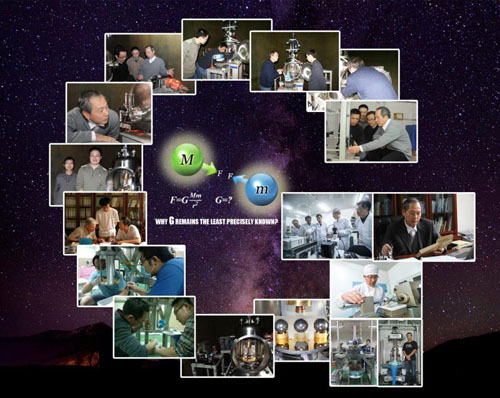
Newton’s law of universal gravity points out that the force pulling apples from trees also drives planets orbit elliptically, which is called “universal gravity”. It is ubiquitous in people’s lives from invisible elementary particles to cosmic celestial bodies. When it comes to the calculation of the gravitational attraction between objects, constant G is one big piece missing from the puzzle. Unfortunately, its exact value has yet to be found up to now. From this perspective, the measurement of its value is not only metrologically important, but also of great significance inverifying Newton's law of universal gravitation and delving into the law of gravitational interaction.
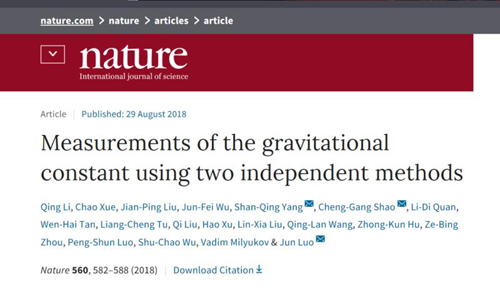
Constant G is the least precisely known of the fundamental constants, as the first one discovered by human beings. The current accepted value for G is saddled with an uncertainty of 0.0047, leaving many puzzles in basic sciences unsettled. To solve this issue, Luo Jun and his team used two independent methods and obtained a more precise value with the smallest uncertainty of about 0.00116 percent, agreeing with the latest recommended value within two standard deviations. The measurement conducted by Luo Jun and his team marks a substantial contribution to increasingChinesesay in the field of basic physics and determining the recommended value of high-precision gravity constant G for the physics community.
In fact, Luo and his team has already invested their time into the measurement of gravitational constant G by using torsion pendulum experiments since the 1980s.Ten-year hard work and unremitting efforts finally led to their first determination of G value in 1999, which was later adopted by the Committee on Data for Science and Technology(CODATA), an interdisciplinary committee of the International Council for Science. Nonetheless, their scientific exploration was not suspended by then. The team proceeded to optimize the experimental methods and carried out a more in-depth study in removing errors with the measurement. Another a decade’s insistence and obsession turned into a more precise G value with a relative uncertainty of 26ppm obtained by using the time-of-swing method, whichwas also recognized and named HUST-09 by CODATA. This year, after leading two efforts to measure G, Luo Jun and his team have stunned the world again. They have now performed the most precise measurement of gravity’s strength yet by measuring G with the smallest relative uncertainty of 12ppm.
It is academically acknowledged that principles and techniques of G value measurement offer a little help in simplifying complicated measurement process. There may be undiscovered systematic errors in the various existing methods. In severalgravitational experiments introduced in the paper, to make the result more accurate, the teamhas used two independent methods, namely, the time-of-swing method and the angular-acceleration-feedback method.Although it is not the first time the two measurements are being used, there are still numerous involved technical details and devices need to be developed. Besides, the team has also developed an array of sophisticated apparatus which have been applied in the research of the field of earth gravity and geologic prospecting such as testing of micro-thrusters for small satellite, ground calibration tests of inertial sensorsand so on. Gladly speaking, these self-developed apparatus will lay a good foundation for precise gravity measurement of major national scientific and technological infrastructure and the smooth implementation ofTianqin Project which is about space gravitational wave detection.
Since the 1980s Prof. Luo and his team have determined to devote to the measurement of gravitational constant G. They working in the cave Laboratory, an ideal environment for all precision experiments in CGE, for decades. A number of excellent talents with both critical thinking and hands-on abilities have been fostered in such a sound environment. Measuring G is nothing but an arduous and tedious task which often takes decades or even longer to complete.
“Scientists ne ed to update G value continuously to make it more proximate to its exact value. However, the measurement is extremely difficult. In this regard, Luo Jun and his team has contributed significantly to the determination of G value. So I guess China must be proud of having such a team who carry out experiments with great care, persistence and passion.” said professor James E. Faller, national medal of science laureate and former chairman of the Joint Institute for Laboratory Astrophysics(JILA), a joint physics institute of the University of Colorado at Boulder and the National Institute of Standards and Technology.
The paper in the spotlight is entitledMeasurements of the Gravitational Constant Using Two Independent Methods,authored by team members as Li Qin, a postdoctoral fellow of CGE, Xue Chao, associate researcher of the TianQin Research Center for Gravitational Physics, Liu Jianping and Wu Junfei, doctoral students of the School of Physics, HUST. Three co-corresponding authors are Professor Yang Shanqing, Professor Shao Chenggang, Academician Luo Jun.
The publication of this research has also received wide media attention.
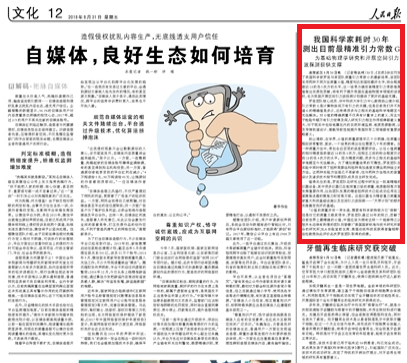
People's Daily:Chinese scientists measure gravity with record precision
(http://paper.people.com.cn/rmrb/html/2018-08/31/nw.D110000renmrb_20180831_2-12.htm)
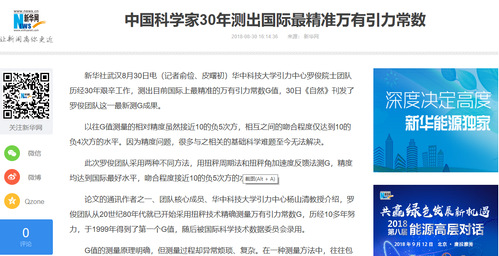
Xinhua News Agency:Chinese scientists measure the most accurate gravitational constant in the world
(http://www.xinhuanet.com/tech/2018-08/30/c_1123354866.htm)
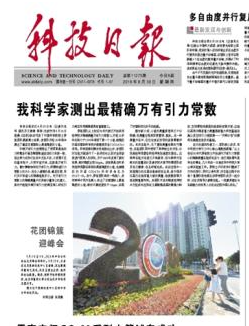
Science and Technology Daily:Chinese scientists measure the most accurate gravitational constant.
(http://digitalpaper.stdaily.com/http_www.kjrb.com/kjrb/html/2018-08/30/content_402723.htm?div=-1)
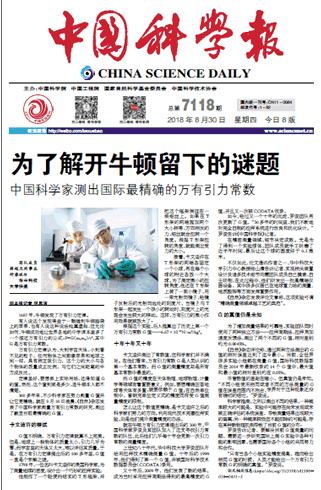
ChineseScienceDaily:In order to unravel the mystery left by Newton, Chinese scientists have measured the most accurate gravitational constant in the world.
( http://news.sciencenet.cn/sbhtmlnews/2018/8/338621.shtm)
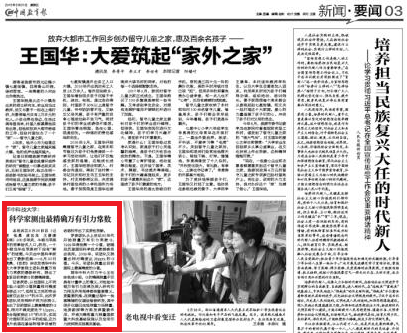
China Education Daily:ScientistsofHuazhong University of Science and Technology measuredthe most accurate gravitational constant.
(http://paper.jyb.cn/zgjyb/html/2018-08/31/content_504848.htm?div=-1)
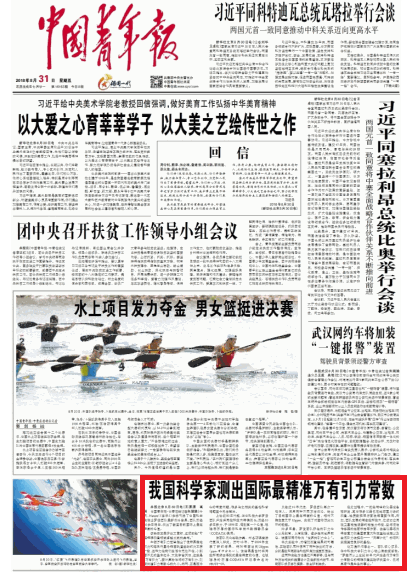
China Youth Daily:Chinese scientists measuredthe most accurate gravitational constant in the world
( http://zqb.cyol.com/html/2018-08/31/nw.D110000zgqnb_20180831_7-01.htm)